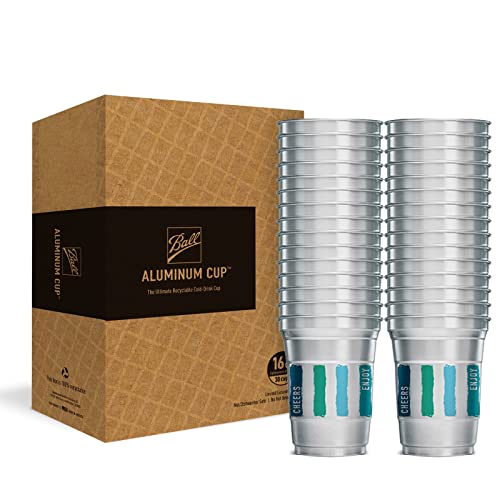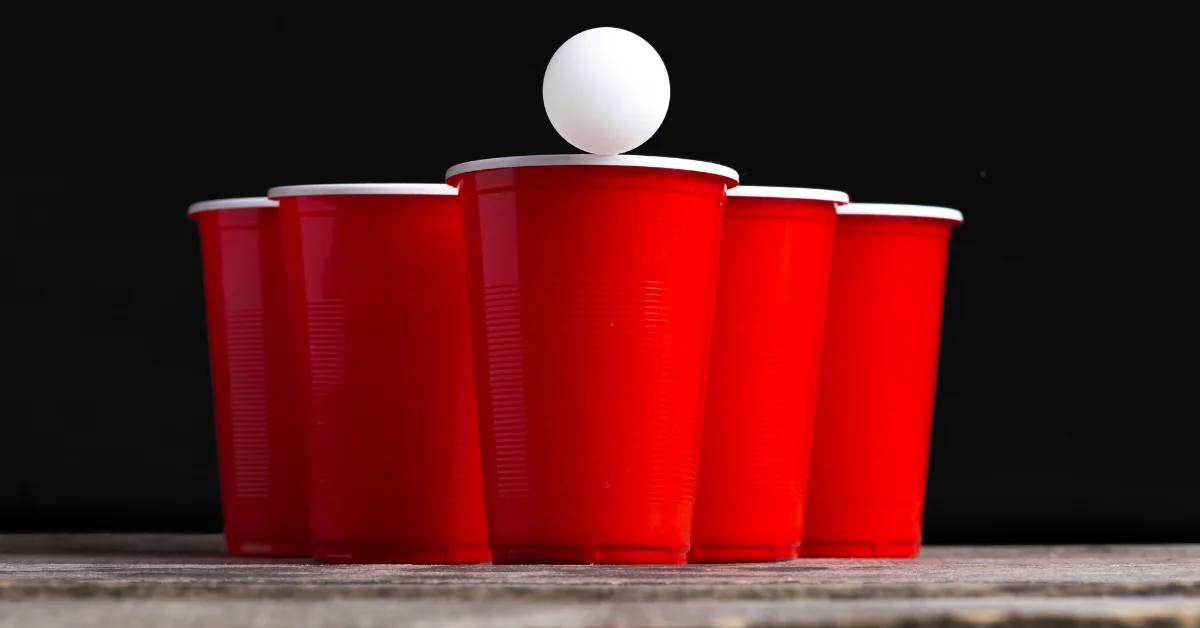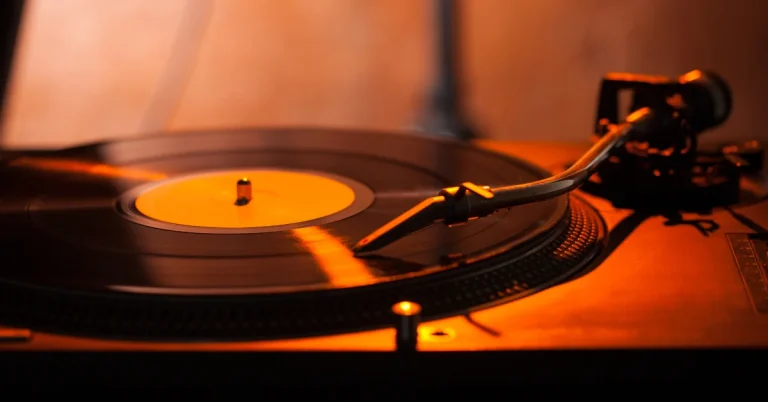Introduction
From lively college parties to laid-back backyard gatherings, beer pong has firmly established itself as a staple in modern social culture. The clinking of cups, the competitive camaraderie, and the joyous celebrations that accompany a successful shot all contribute to the game’s enduring popularity. But have you ever wondered about the origins of beer pong? Join us as we journey back in time to uncover the fascinating history of this beloved drinking game.
Ancient Roots of Beer Pong
While beer pong as we know it today emerged in the latter half of the 20th century, its roots can be traced back to ancient civilizations. The game’s concept shares similarities with various historical games involving projectiles and targets. In ancient Greece, a game called “Kottabos” gained popularity, which involved flinging wine dregs at targets. Similarly, in China, a game called “Jiuling” involved throwing wine cups into designated vessels.
Prohibition and the Birth of Beer Pong
During the Prohibition era (1920-1933) in the United States, when the manufacturing, sale, and transportation of alcoholic beverages were illegal, an inventive game known as “Throw Pong” emerged as a creative workaround to the strict alcohol ban. This early version of beer pong was a testament to the era’s ingenuity, where players aimed to toss balls into specially designed cups. These cups had a small hole at the bottom, equipped with a mechanism that was triggered when the ball successfully entered the hole. This action would open a flap, allowing the water to drain out, effectively simulating a successful “drink.” The game demanded not only accuracy but also the right amount of force to ensure the ball would precisely trigger the mechanism without bouncing out. Throw Pong’s sophisticated mechanics bridged physical skill with mechanical innovation, marking a significant evolution in the history of beer pong and showcasing the creative adaptations that flourished under Prohibition’s strictures.
The 1950s and the Rise of Dartmouth Pong
Beer pong’s modern incarnation began to take shape in the 1950s at Dartmouth College. The students at Dartmouth played a game known as “Dartmouth Pong,” which involved throwing table tennis balls into cups of beer. Unlike the contemporary setup of triangular formations, this early version of the game had cups placed in a straight line.
Transition to Triangular Formations
As beer pong’s popularity grew beyond Dartmouth College and spread to other campuses, the game underwent further evolution. The transition from linear cup placement to triangular formations likely occurred during the 1980s or early 1990s. This shift allowed for more engaging gameplay, strategic throws, and enhanced competition between teams.
Pop Culture and Mainstream Recognition
The 21st century saw beer pong make its way into mainstream culture. It became a staple in movies, TV shows, and music videos, cementing its status as a symbol of youthful revelry. This exposure contributed to the game’s global recognition and its incorporation into various social settings beyond college campuses.
Variations and Professional Competitions
As beer pong’s popularity soared, enthusiasts began to develop diverse variations of the game. These ranged from rules tweaks to unique setups and themes. The formation of the World Series of Beer Pong in 2006 marked a significant milestone in the game’s history, bringing together competitive players from around the world to vie for cash prizes and recognition.
Conclusion
Beer pong’s journey from ancient rituals to modern-day party entertainment is a testament to its enduring appeal. Rooted in historical games and shaped by cultural shifts, beer pong has transformed into a global phenomenon that transcends boundaries and brings people together. So, the next time you’re engaged in a friendly match of beer pong, remember the rich history that’s hidden behind those
cups and
balls, and raise a glass to the ages-old tradition of camaraderie and competition.
Alcohol Warning
Partaking in alcohol while playing beer pong can impair your judgment and coordination, leading to potential risks; please exercise caution and moderate consumption.








